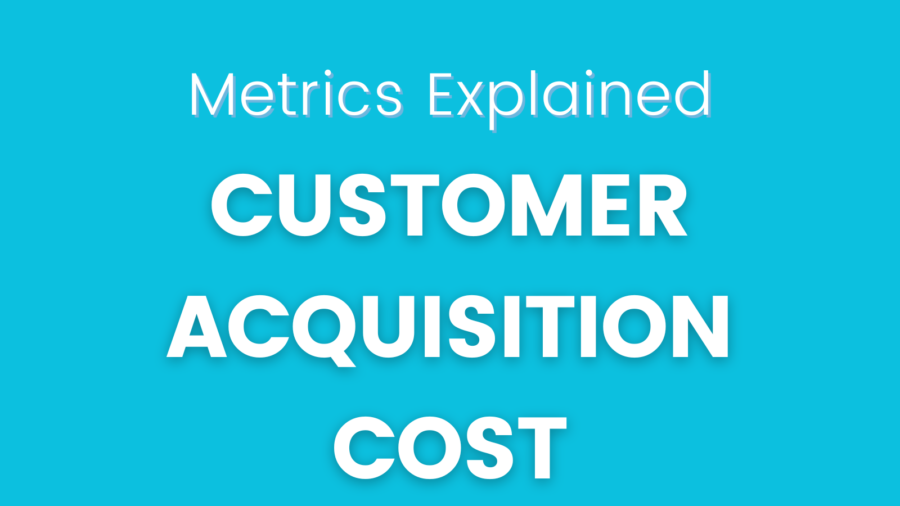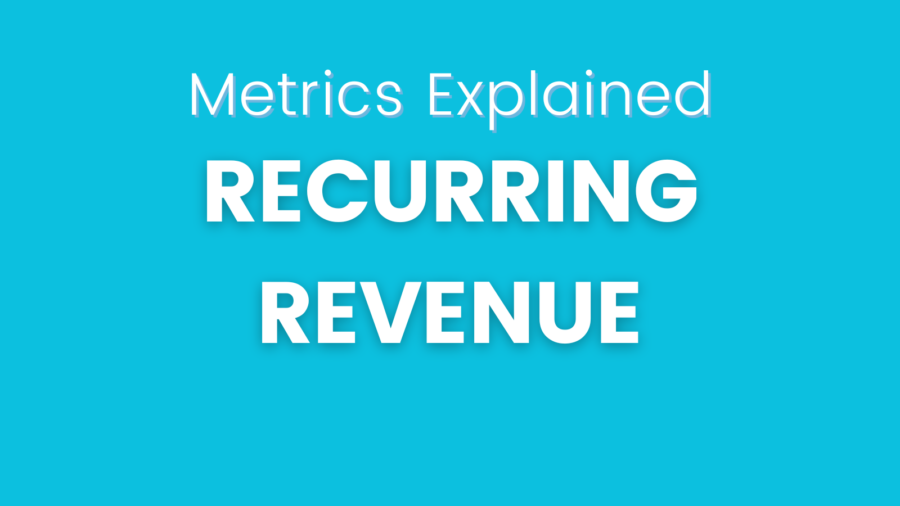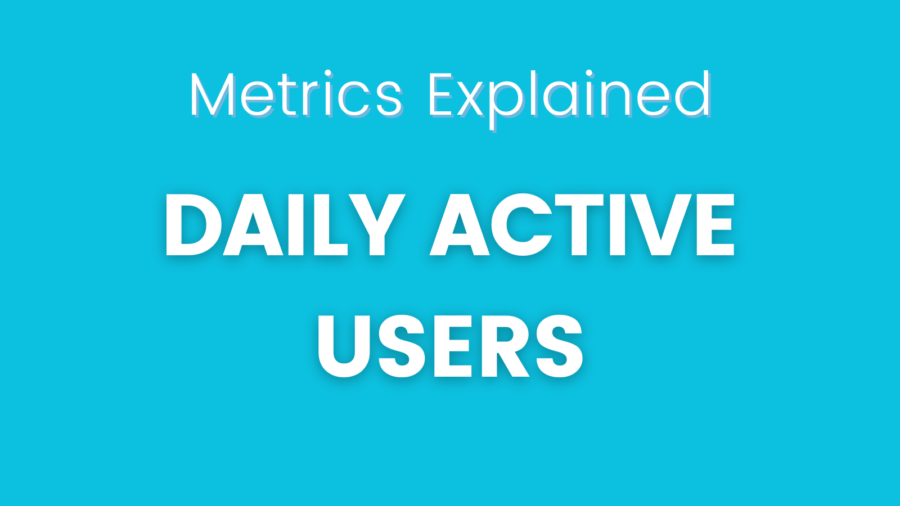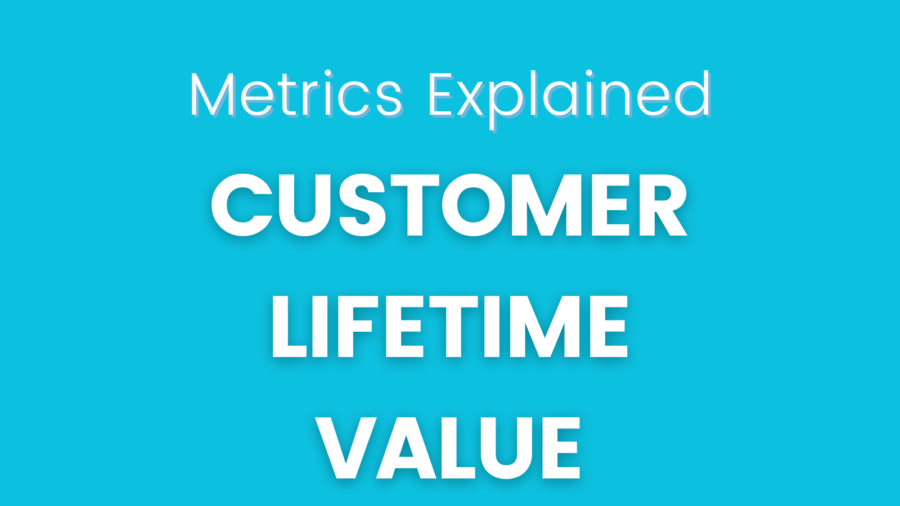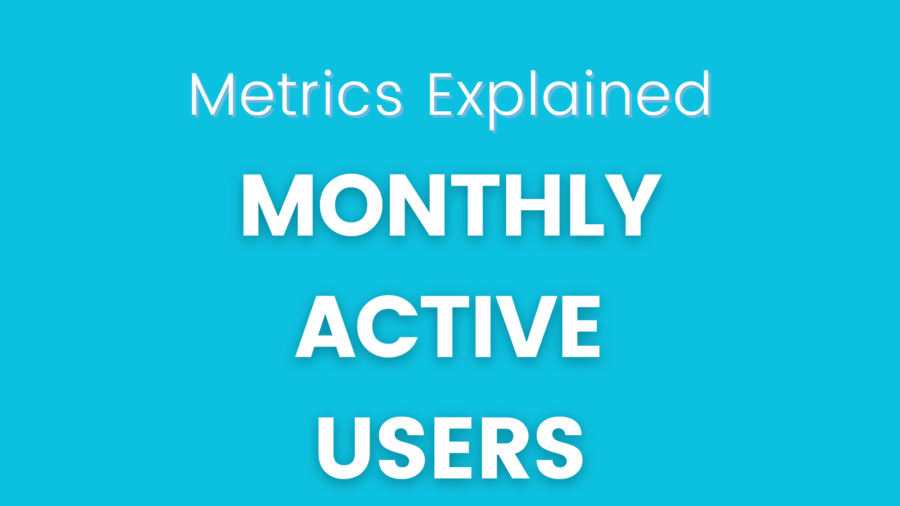Introduction
In the fast-paced world of product management, understanding and optimizing costs is crucial for the success of any product or service. One essential metric that product managers should have a firm grasp of is Customer Acquisition Cost (CAC). CAC is not just a financial figure but a critical indicator of your product’s marketing efficiency and long-term profitability. In this article, we will delve into what CAC is, why it matters, how to calculate it, and strategies for optimizing it.
What is Customer Acquisition Cost (CAC)?
Customer Acquisition Cost, often abbreviated as CAC, is the total cost incurred by a company to acquire a new customer. In simpler terms, it represents the amount of money you need to spend on marketing and sales efforts to acquire a single paying customer. CAC is a fundamental metric in evaluating the effectiveness and efficiency of your customer acquisition strategies.
Why Does CAC Matter for Product Managers?
For product managers, CAC is a key performance indicator (KPI) that offers several critical insights:
- Resource Allocation: Knowing the CAC helps you allocate resources effectively. It guides decisions on how much budget to allocate to marketing and sales to acquire new customers, allowing you to balance growth and profitability.
- ROI Measurement: CAC is essential for calculating your customer acquisition efforts’ return on investment (ROI). By comparing CAC with the lifetime value of a customer (LTV), you can determine whether your product is generating sufficient revenue from new customers to cover the acquisition costs.
- Decision-Making: CAC provides data-driven insights that enable you to make informed decisions about scaling your product, entering new markets, or adjusting your pricing strategy. It helps you evaluate the sustainability of your growth model.
Calculating CAC
To calculate CAC, follow these steps:
- Choose a Time Period: Determine the time period for which you want to calculate CAC (e.g., monthly, quarterly, or annually).
- Add Up Expenses: Sum up all the costs associated with customer acquisition during the chosen time frame. This includes marketing campaigns, advertising, sales team salaries, software tools, and other direct costs.
- Count New Customers: Determine the number of new customers acquired during the same time period.
- Calculate CAC:
CAC = Total Acquisition Expenses / Number of New Customers
In this formula:
- Total Acquisition Expenses: This represents all the costs associated with customer acquisition during a specific time period, including marketing expenses, advertising costs, sales team salaries, software tools, and any other direct expenses related to acquiring new customers.
- Number of New Customers: This refers to the total count of new customers acquired during the same period for which you calculate CAC. These customers have made their first purchase or subscribed to your product or service during that period.
By using this formula, you can quantify how much it costs your company to acquire each new customer, providing valuable insights into the efficiency of your customer acquisition efforts.
Optimizing CAC
Now that you understand what CAC is and why it’s important, here are some strategies to optimize it:
- Customer Segmentation: Segment your target audience to focus on high-value customer groups that are more likely to convert and generate a higher LTV.
- Refine Marketing Channels: Analyze the performance of different marketing channels and allocate resources to the most cost-effective ones. Experiment with various channels and strategies to find what works best for your product.
- Improve Sales Efficiency: Train your sales team to be more efficient in converting leads into customers. Provide them with the right tools and data to enhance their productivity.
- Reduce Churn: Decrease customer churn rates by improving product quality, customer support, and overall customer experience. Retaining existing customers can significantly lower your CAC.
- Optimize Pricing: Adjust your pricing strategy to maximize revenue without significantly increasing CAC. Consider tiered pricing, upselling, or bundling options.
Conclusion
Customer Acquisition Cost (CAC) is a pivotal metric that product managers should closely monitor. It provides insights into your product’s growth and profitability potential while helping you make informed decisions about resource allocation and strategy adjustments. By calculating and optimizing CAC, product managers can create a more sustainable and successful path for their products in the competitive market landscape.
Check other metrics from our Metrics Explained series.

